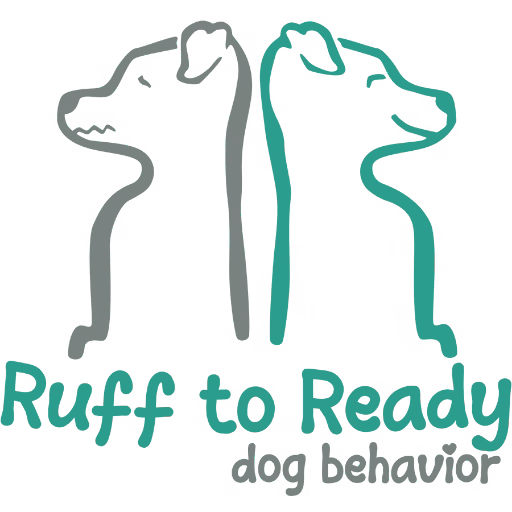Overview
This protocol helps your dog develop positive associations with wearing a muzzle through gradual exposure and reward-based training.

Key Principles
- Build duration gradually in 3 or 5-second increments.
- Use high-value rewards or kibble consistently
- Reset when dog shows stress or obsessive behavior
- Position muzzle properly (nose should reach the end)
Step-by-Step Protocol
Phase 1: Initial Introduction
- Start with short durations: 3-6 seconds
- Reward immediately after each successful attempt
- Use “sit” and “down” commands to maintain focus
- Count aloud to track duration consistently
Phase 2: Building Duration
- Increase time gradually: 10 seconds → 15 seconds → 20 seconds
- Watch for stress signals (pawing, excessive movement)
- Use “down” position – dogs are less likely to paw when lying down
- Take breaks between longer sessions
Phase 3: Managing Challenges
- If dog becomes pushy or obsessive: Interrupt and reset
- Use verbal interrupters: “Wait” & “Eh-Eh”
- Don’t force it: If struggling, remove muzzle and restart
- Stay patient – this process takes time
Proper Fitting
- Nose position: Should reach close to the end of the muzzle
- Adjustment: Tighten gradually as dog becomes comfortable
- Comfort check: Ensure it’s not lopsided or too tight
For muzzle questions and fitting recommendations, The Muzzle Movement is an excellent resource.
Success Indicators
✓ Dog remains calm during application
✓ No excessive pawing or struggling
✓ Accepts increasing durations
✓ Maintains focus on handler
Troubleshooting Tips
In this video, Amanda demonstrates how to build the duration of muzzle acclimation. She also shows how to handle situations when a dog tries to paw off the muzzle. Amanda emphasizes being gentle while encouraging the dog to keep trying and learning.
- Reset frequently rather than pushing through resistance
- Keep sessions short to prevent overwhelm
- End on positive note with play or preferred activity
- Practice regularly but don’t over-drill
Important Notes
- Never leave a muzzled dog unattended
- Always supervise muzzle training sessions
- Contact your trainer if dog shows extreme stress responses
- This is a gradual process – patience is key
Remember: Every dog progresses at their own pace. If you notice increased stress or resistance, slow down the process or finish the session for the day and contact me for additional support.
